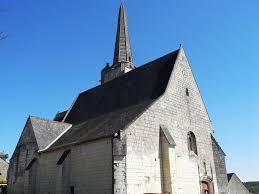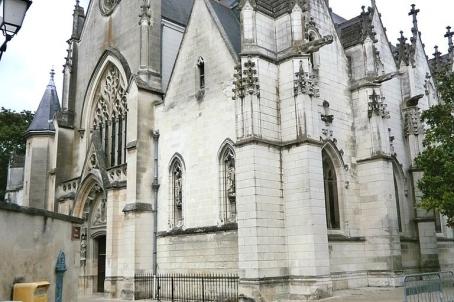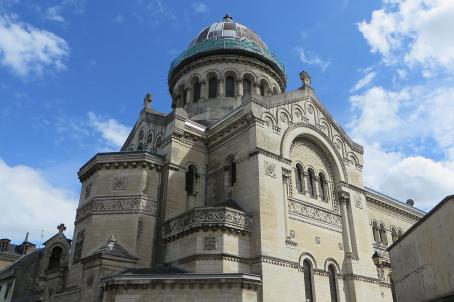Church of Saint-Maurice
In Crissay-sur-Manse, in one of the most beautiful villages of the Indre-et-Loire, is the Church of Saint Maurice, which dates from the 15th-16th centuries and was built by the noble family of Turpin. Their coat of arms and their motto are still visible in the flamboyant Gothic nave. The fire of Catherine du Bellay, wife of Jacques II Turpin, is in the current sacristy. Since 1926, the Church of Sant Maurice has been classified as a historic monument.
About this building
The Saint Maurice church is located in Crissay-sur-Manse in one of the most beautiful villages of the entire Indre-et-Loire. Its construction was begun in the early 15th century by Lancelot Turpin de Crissé and his wife Denise de Montmorency. The church was erected on the ruins of an old Romanesque church, of which there are still some elements of construction.
Destroyed during the Hundred Years War, its construction was completed more than a century later. The descendants of Lancelot Turpin de Crissé, Jacques I and Jacques II Turpin continued the project, which was finally completed in 1527. On that date, in the presence of Jacques II Turpin and his wife Catherine du Bellay, the church was officially dedicated to the patronage of Saint Maurice, a martyred officer of the Theban Legion who lived in the 3rd century AD.
The church underwent further restorations during the 19th century. The tomb of Catherine du Bellay, whose epitaph is still legible, is in the current sacristy, which was probably originally used as a funerary chapel. The nave, built in the flamboyant Gothic style, is composed of three vaulted spans and an aisle to the north, with the same type of spans. The coat of arms and the motto of the noble family are still partially visible in the nave. Lit by a flamboyant Gothic bay, the choir is built on a square plan and has a multi-rib vault.
The bell tower, also square, ends with a stone spire. A polygonal turret enclosing a spiral staircase is attached to it. The bell bears the date of 1527 and the names of its builders. The Sant Maurice Church was listed as a Historical Monument since 1926.





